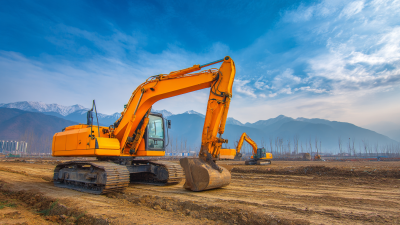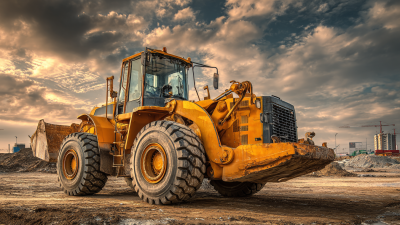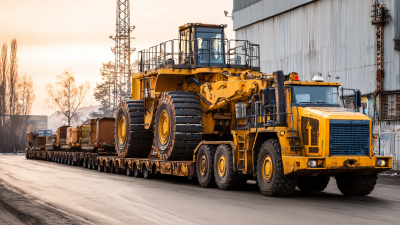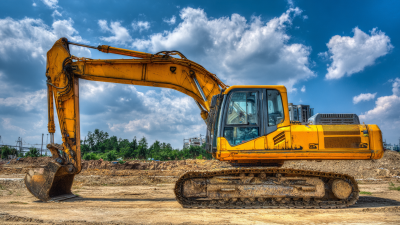Leave Your Message
-
Phone
-
E-mail
-
Whatsapp
As the demand for sustainable building practices continues to rise, the role of Construction Machines in transforming the construction industry has never been more critical. According to a report by McKinsey, the global construction sector is projected to reach a staggering $10 trillion by 2023, with sustainability playing a central role in this growth. Incorporating advanced technologies such as automation, machine learning, and the Internet of Things, modern Construction Machines are becoming more energy-efficient and environmentally friendly. For instance, a study from the World Economic Forum indicates that digital construction technologies could reduce waste in the industry by up to 30%. Emphasizing sustainability within the design and operation of Construction Machines not only enhances productivity but also addresses the industry's significant carbon footprint, paving the way for a greener future.

The construction industry is on the brink of a significant transformation, primarily driven by the shift towards electric and hybrid machines. According to a report by ResearchAndMarkets, the global electric construction equipment market is projected to reach $20 billion by 2027, growing at a CAGR of 24.5% from 2020. This rapid transformation not only aligns with global sustainability goals but also addresses increasing regulatory pressures aimed at reducing carbon emissions.
As electric and hybrid machines become more prevalent, companies are discovering the numerous benefits these technologies bring, including lower operational costs and reduced noise pollution. For instance, hybrid excavators have been shown to improve fuel efficiency by up to 30%, contributing to both economic and environmental gains. Recent trends indicate that major manufacturers like Caterpillar and Volvo are investing heavily in electric equipment, expected to constitute about 25% of their fleets by 2030.
**Tips:** Optimize your fleet management by integrating telematics for real-time monitoring, helping you identify potential savings on fuel and maintenance. Additionally, consider retrofitting older machines with electric conversions; this can often be more cost-effective than purchasing new equipment outright while still promoting sustainability.
The integration of Artificial Intelligence (AI) and the Internet of Things (IoT) is set to revolutionize the construction industry, particularly within the realm of sustainable building projects. As highlighted in a recent report, the global smart city market is projected to surge from $767.75 billion in 2024 to $4.64763 trillion by 2032, achieving a remarkable compound annual growth rate (CAGR) of 25.2%. This growth signals a heightened demand for innovative technologies that enhance project efficiency and sustainability.
Moreover, the adoption of AI, IoT, and Building Information Modeling (BIM) is transforming how infrastructure is designed, constructed, and operated. A recent industry report noted that digital shipbuilding techniques are streamlining processes and improving lifecycle management with unprecedented precision and automation. In the construction sector, the implementation of these advanced technologies is not only transforming project management and execution but also accelerating the transition towards greener practices, fostering a sustainable future for urban development. With the construction fleet management software market expected to exceed $4.5 billion by 2024, the path to smarter construction lies increasingly in the hands of technological innovators, emphasizing the necessity for the industry to adapt and embrace these advancements.
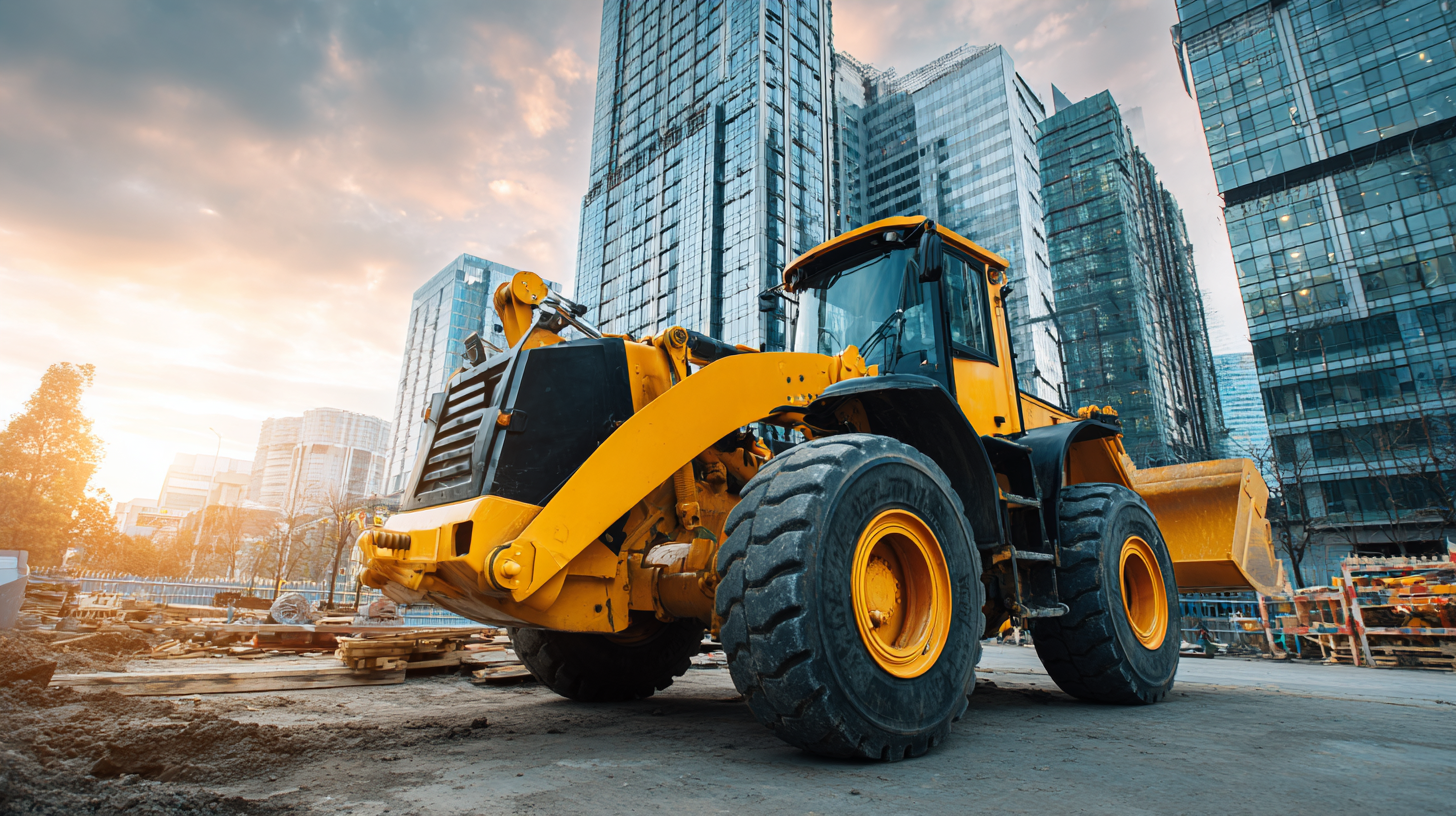
The construction industry is on the brink of a green revolution, and recent case studies highlight the successful integration of sustainable machinery in building projects. For instance, a report by McKinsey & Company indicates that implementing green construction practices could reduce global carbon emissions by nearly 30% over the next decade. Companies that have adopted electric excavators and hybrid cranes have not only decreased their carbon footprint but also seen operational costs drop by approximately 20%. One notable example is the use of electric bulldozers in a landmark project in California, which achieved LEED Platinum certification, showcasing the effectiveness of eco-friendly machinery.
**Tip:** When considering investments in sustainable machinery, look for models that come with significant warranties and support services, as these can ensure long-term reliability and efficiency.
The successful adoption of green technologies doesn’t just benefit the environment—it’s also a strategic business move. A recent report from the World Economic Forum states that the integration of sustainable practices in construction can lead to a 10-15% increase in project overall efficiency. A case study in Europe demonstrated this by utilizing solar-powered construction equipment, resulting in reduced energy consumption and improved project timelines. Such examples illustrate the tangible benefits of embracing sustainable machinery in construction, pushing the industry towards a greener, more efficient future.
**Tip:** Invest in training your workforce on the latest green technologies to maximize the benefits and efficiency of your sustainable machinery investments.
The future of sustainable construction equipment is increasingly influenced by regulatory frameworks and incentives that promote environmentally friendly practices. Governments worldwide are establishing stringent regulations that require construction machinery to minimize carbon emissions and improve energy efficiency. These frameworks are designed not only to protect the environment but also to encourage innovation within the industry. As a result, manufacturers are investing in research and development to create cutting-edge machinery that meets or exceeds these standards, ultimately leading to a greener construction sector.
Incentives play a critical role in shaping the adoption of sustainable construction equipment. Financial assistance programs, tax credits, and rebates are being offered to companies that invest in eco-friendly technologies. These incentives not only reduce the upfront costs associated with acquiring advanced machinery but also promote a culture of sustainability. As more companies embrace these practices, the demand for greener technologies will drive further advancements, creating a positive feedback loop that enhances the industry's commitment to sustainability and resilience in the face of climate change challenges.
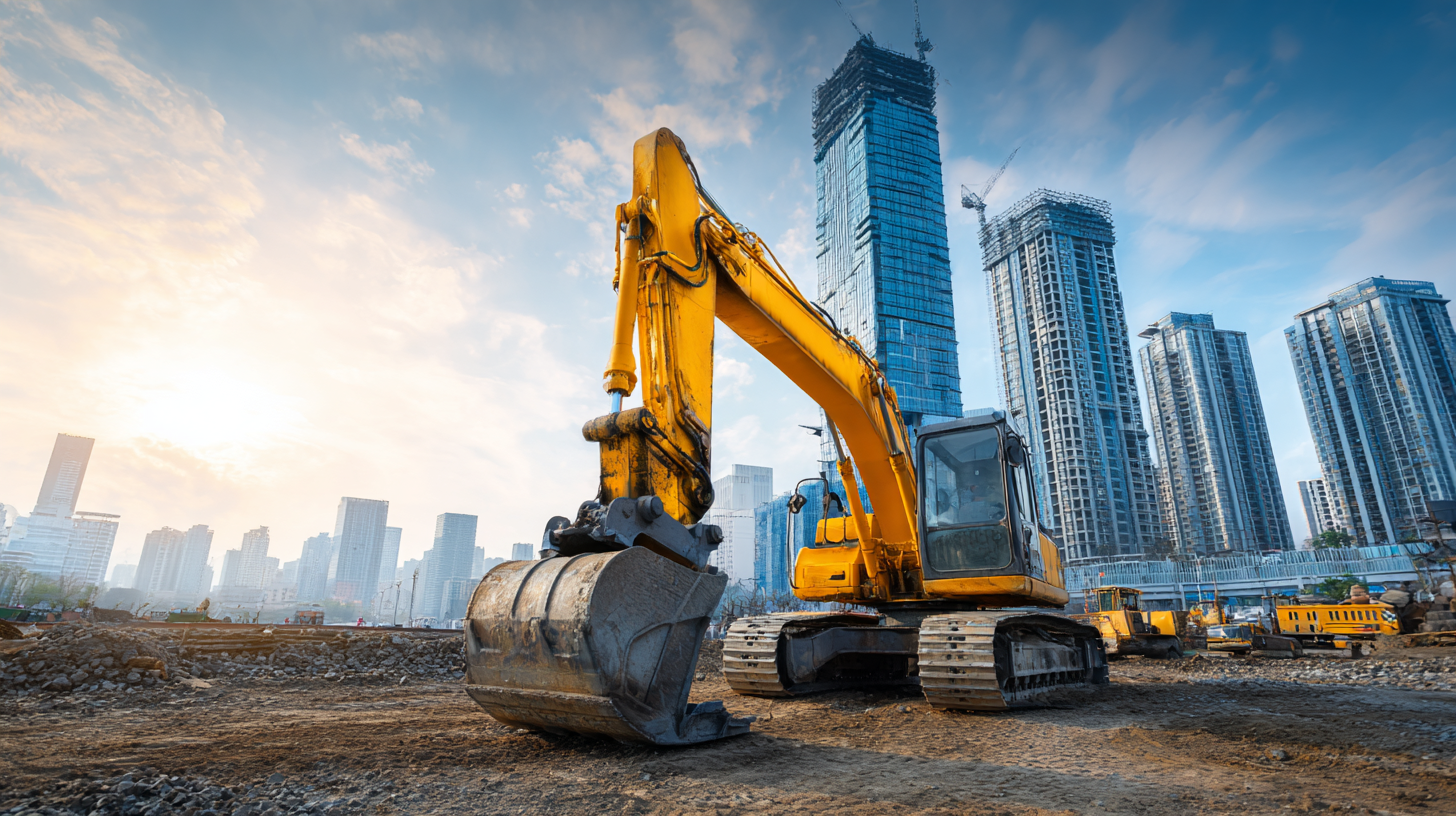
Investing in eco-friendly construction technologies is not just a trend; it's a strategic move that offers significant returns on investment (ROI). According to a report by McKinsey & Company, companies that adopt sustainable practices can expect up to a 15% boost in profitability over five years compared to their competitors. This growing emphasis on sustainability in construction not only enhances brand reputation but also attracts clients who prioritize environmental responsibility.
Tips: Consider integration of Building Information Modeling (BIM) to optimize resource management and reduce waste. This technology can lead to savings of approximately 10-15% on project costs, according to a study by the National Institute of Building Sciences.
Additionally, utilizing renewable energy sources and energy-efficient machinery can decrease operational costs significantly. The World Economic Forum estimates that investing in greener machinery can lower energy expenses by 20-30%, enabling businesses to redirect savings into further sustainable initiatives. By analyzing these figures, it becomes clear that the initial costs of eco-friendly technologies are often outweighed by long-term financial benefits.
This bar chart illustrates the return on investment (ROI) from adopting eco-friendly construction technologies over a five-year period. It compares the costs incurred from traditional construction methods against the long-term savings and benefits generated by sustainable practices.

